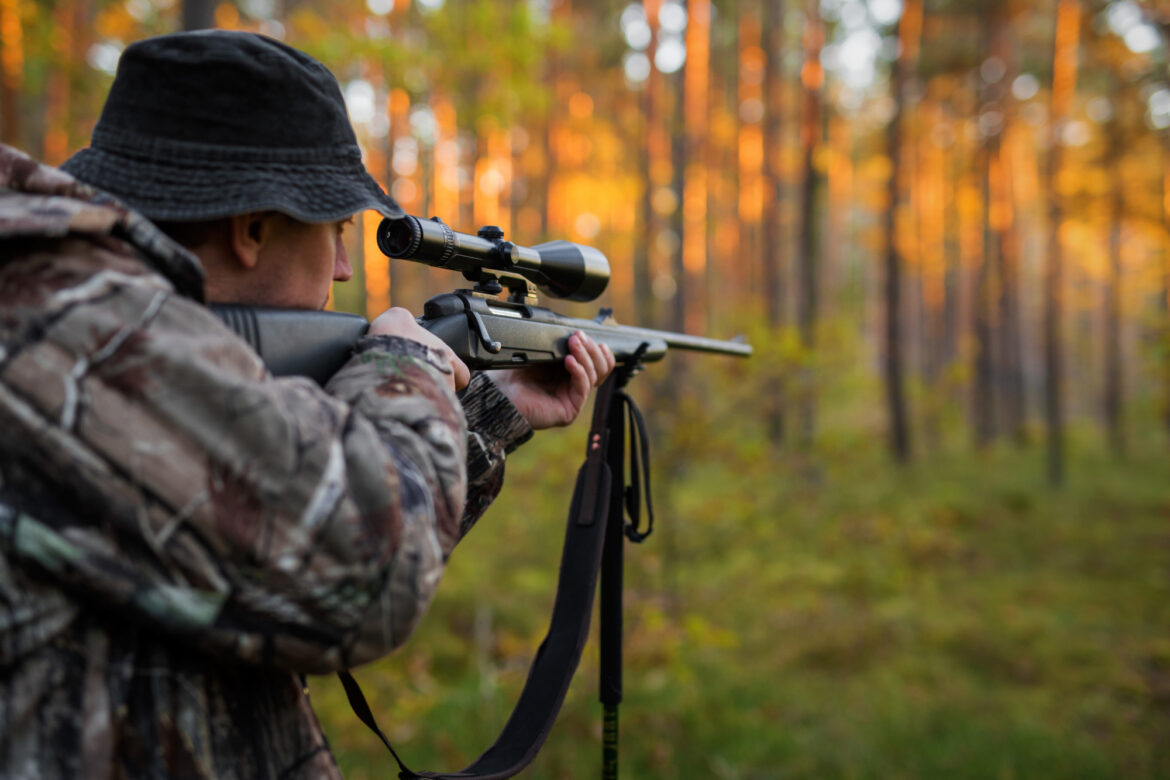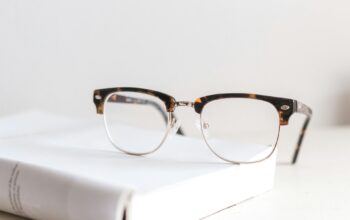Hunting Guide: Everything You Need to Know About Rifle Scopes
Are you taking up hunting for the first time?
Hunting requires plenty of skill and patience to shoot down a target. However, not even the best hunters go without the right tools and hunting aids. One of the most popular mounts for a hunting rifle is a rifle scope.
Without rifle scopes, hunters would have a hellish time sniping down their target. How does a rifle scope work, and what should you go for when buying one? Today, this hunting guide lists what you need to know about these optic attachments.
Defining and Understanding the Rifle Scope
For newbie hunters and the uninitiated, a rifle scope helps a hunter make accurate shots. It resembles a small telescope with a series of dials and markings. This helps the marksman measure and aim and is best used from long distances.
Whether you’re using an airgun or a rifle, the scope increases your precision and accuracy.
However, there are other factors to pay attention to when hunting or shooting. For instance, you have wind speed, direction, and breathing. Even so, the rifle scope contributes to those odds, making it an important attachment in a hunter’s rifle.
What Happens Inside a Rifle Scope?
How does a rifle scope work? Let us discuss what it comprises of, as well as how the inner workings behave to help you aim better.
To start, a rifle scope is a tube-shaped tool with a set of lenses placed on both ends. These lenses use refraction to magnify the image, letting you spot the target at a distance.
With the objective lens, the light reflects the image while positioned at the very front of the tube. From there, the target image goes through the objective lens and the erector lens inside.
It then goes through the rest of the lens assembly for image correction. Finally, it reaches the ocular lens where the shooter looks through.
Meanwhile, you also have the central area of the scope that has a dial for elevation adjustment. This helps you adjust the reticle, which would act as a reference point for aiming at the target.
These are what goes within the scope. Different brands have many variations, from the number of lenses to the reticles used for aiming.
Are you looking for the best rifle scopes for beginners? Visit this website to learn more about the Nikon Prostaff.
Terms to Remember
You might have encountered some interesting terms while learning about rifle scopes. Let us look at each of them and explore how they can help you use the optic better. Here are some of the terms you would encounter.
Eye Relief
Eye relief pertains to the distance between your eye and the rifle scope’s eyepiece. Eye Relief is also something you should pay attention to when choosing a scope. This helps when you consider the recoil of the rifle and the magnification of the scope.
You should be able to see the entire image without this dark eclipse effect blurring your vision. It shouldn’t be the case even if you magnify the image.
Exit Pupil
When you hold the gun at arm’s length, you may notice this circle of light when you point it at an illuminated area. This helps you measure the light that goes through the scope. The bigger the circle, the brighter the image.
Reticle
This pertains to that reference pattern when you look through the scope. The most common reticle types are the crosshair and the red dot. One key tip to remember is that the measurement unit of the center point is in milliradians.
What to Look for in a Rifle Scope
When shopping for a rifle scope, what should you look for? You need to pay attention to a few things when you choose. Consider the following areas when searching.
Price Tag and Budget
Your budget should come first before you buy a rifle scope. Check your budget to see what you can work with before buying a scope. This allows you to narrow down your options and avoid overspending on a rifle scope.
This means that even if the scope has all the features you need, it has to fit your budget. While this should not limit you, keep in mind how much you would opt to spend.
Purpose
Consider what kind of hunting or shooting style you use. There are various ways to hunt and more ways to hold a rifle.
Long-distance shooting would emphasize magnification. Consider going for a scope that has 12x magnification and up.
Deer hunting may require you to go for 6x to 8x magnification. However, you would need more light for hunting red deer. This would need an objective lens that measures 56mm or more.
When hunting moving targets, you may need a higher field of view (FOV). This allows you to look at a larger picture through the scope and get a better hit at your target. This will call for a lower magnification, such as 3x.
Reticle Illumination
Do you prefer your reticle or crosshair to have illumination? An illuminated dot in the center of your crosshairs would mean you would never lose sight of the dot.
You don’t have to worry about your reference dot, even with backgrounds of the same color. This helps in low-light conditions and is a luxury to have when deer or fox hunting.
Bullet Drop Compensation
This is something you would notice on your reticle. Having a bullet drop compensator allows you to account for the wind speed and direction. This is crucial when making estimates for aiming.
Lens Coating
This helps in increasing the brightness and clarity of the image. It comes in tiers though the best option here is to go for a fully multicoated lens for your scope.
Keep this Rifle Scope Hunting Guide Handy
Aside from the tips on this hunting guide, check the details and specs of each of the rifle scopes you encounter. Look through various details and find the right one that suits your setup. Find the right hunting gear to make every shot count.
Are you a beginner hunter? Check out our other blog posts for more tips on hunting your first game.




